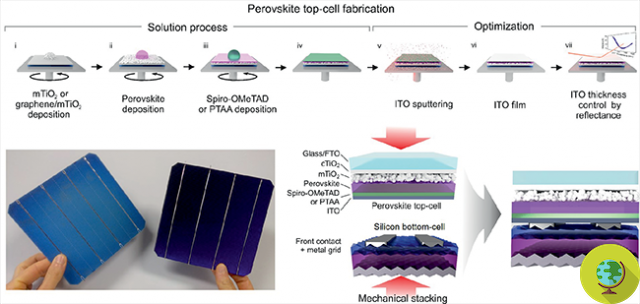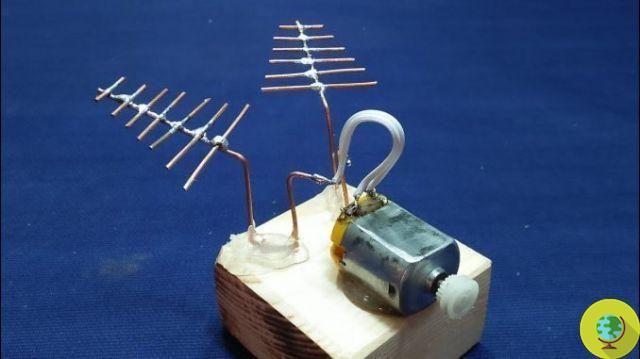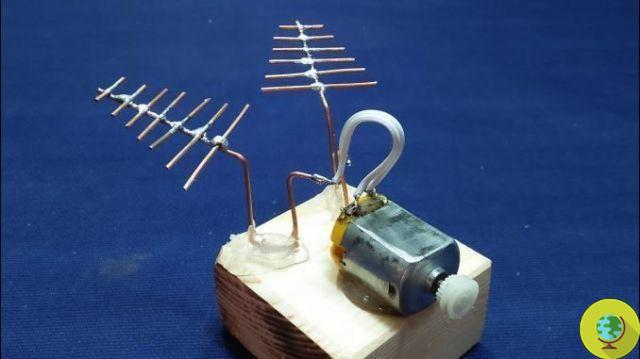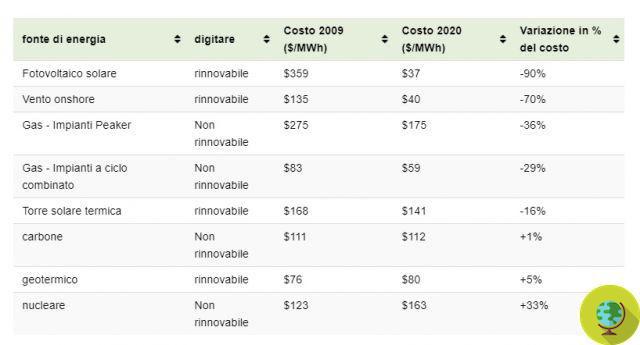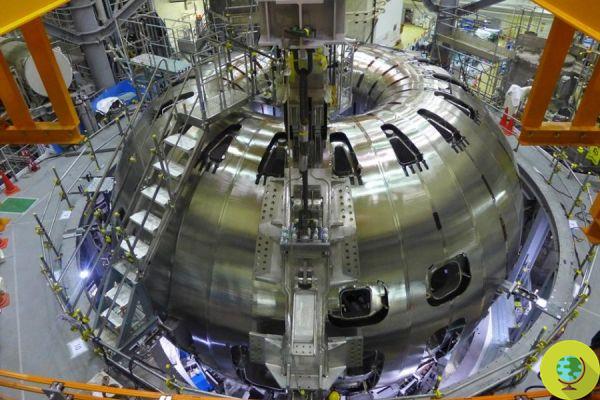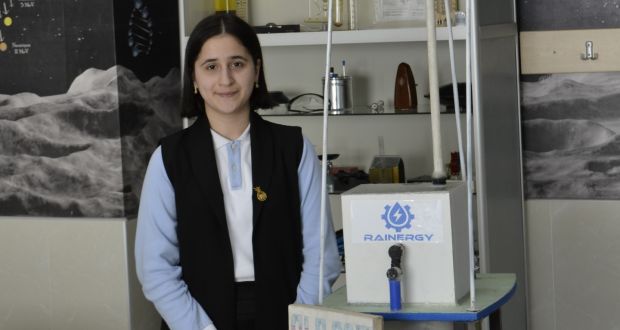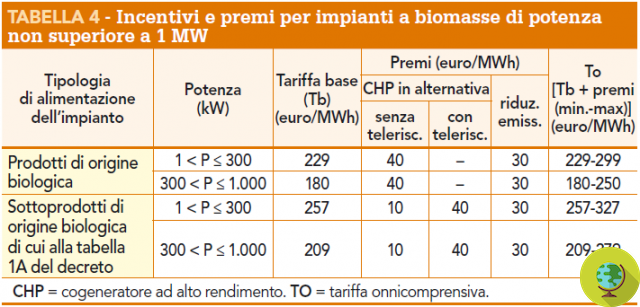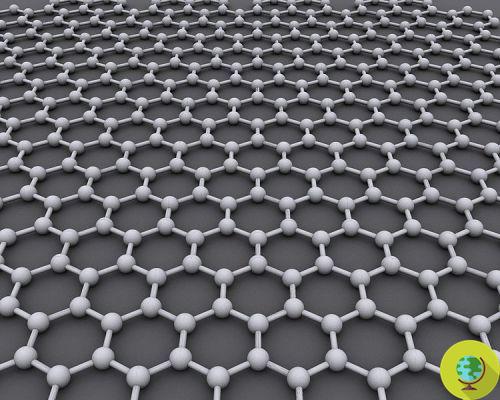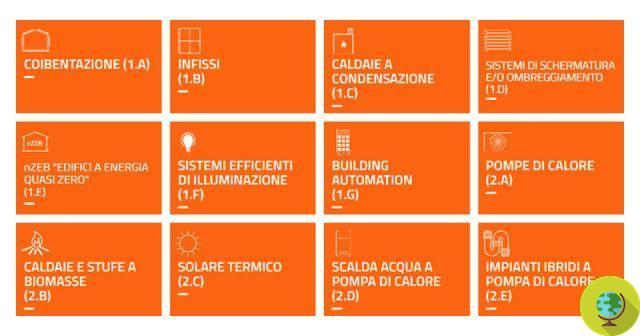The great global challenge is to be able to guarantee access to safe water for all. Although there are over 18 desalination plants in over 150 countries, around 4 billion people suffer from water poverty and XNUMX billion from scarcity, at least one month a year.
The great global challenge is to be able to guarantee access drinking water at all. Even if there are over 18 thousand desalination plants in over 150 countries, approx a billion of people suffer from water poverty and scarcity 4 billion, at least one month a year.
By 2050, the demand for drinking water is expected to increase by 55%, this is why it is necessary to use desalination plants capable of transforming the sea water in fresh in an economic and sustainable way.
Some, in fact, in addition to having a too high cost, they use processes that take too much energy consumption. A more innovative solution is the one proposed, among others, by the researchers of the Center for Nanotechnology Enabled Water Treatment (NEWT) of the Rice University.
The idea is that of a off-grid desalination plant that uses solar energy to heat the water that will undergo the transformation process. It must be said that it was running in 1920 when for the first time Maria Telkes, had given birth to a device for solar distillation, since then, a long way has been made.
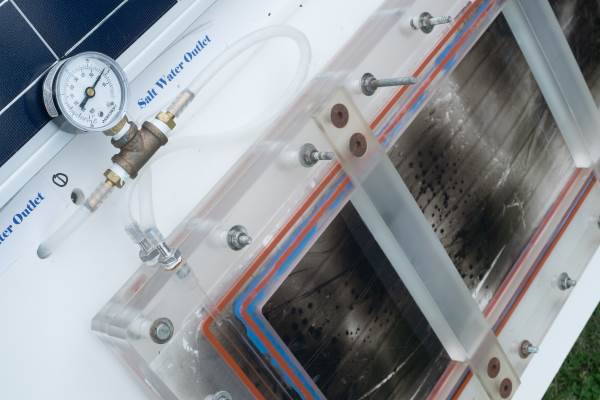
Among the latest inventions financed by the American federal government, there is precisely the nesmd system which uses a combination of membrane distillation technology and carbon nanoparticles which collect up to 80% of the sunlight to generate steam.
All technical details have been published in the proceedings of the National Academy of Sciences with an explanation of how the desalination process works.
Basically, salt water is boiled and the vapor is passed through a condensation coil, a system that is usually expensive and energy consuming. There news of Nesmd is that it cuts down on energy consumption because does not boil water.
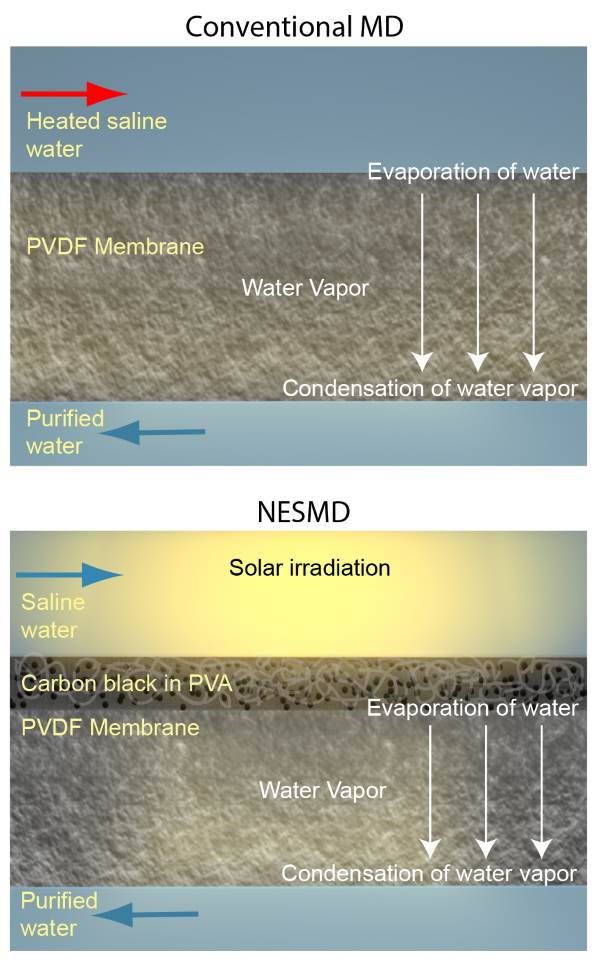
Salt water passes through one porous membrane equipped with nanophotonic particles, which are activated by sunlight producing vapor, so that on the other side of the membrane flows fresh and cold water.
On desalination systems, you may be interested in:
- FROM MIT THE PHOTOVOLTAIC WATERMAKER TO MAKE THE SEA WATER DRINKABLE WITH THE… SUN!
- MAKING SEA WATER DRINKABLE THANKS TO GRAPHENE (VIDEO)
- SEA WATER BECOMES DRINKABLE AT A LOW COST
- THE FIRST INDUSTRIAL SOLAR ENERGY DESALINISER TESTED IN THE ARAB EMIRATES
Very little energy is used for pumping because carbon nanoparticles infused into a porous polymer perform at their best when sunlight is concentrated through a lens.
In fact, with a 70 × 25 cm panel they can be produced six liters fresh and fresh water per hour.
Dominella Trunfio
Gallery




